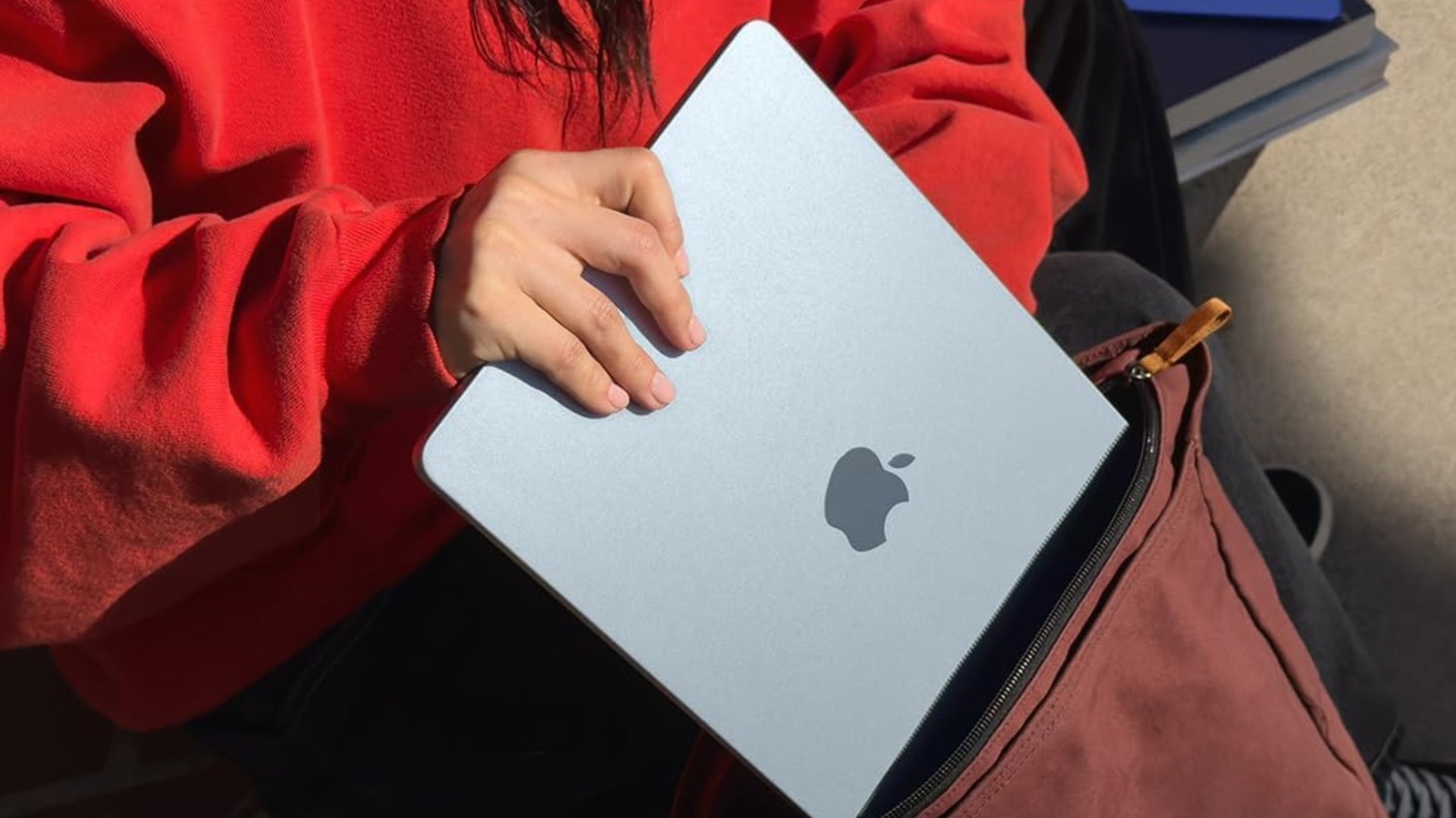TL;DR
- Sony Semiconductor has revealed the LYT-901, which is its first 200MP smartphone camera sensor.
- The new sensor is larger and has larger pixels than Samsung’s 200MP sensors, suggesting improved image quality.
- The LYT-901 is currently shipping to customers, with OPPO and vivo tipped to use it in their Ultra phones.
Phones with 200MP cameras have been available for a few years now, but Samsung has remained the only company manufacturing 200MP sensors. We’ve heard rumors about Sony developing its own 200MP smartphone camera sensor, and the Japanese firm has now made it official.
Don’t want to miss the best from Android Authority?


Sony Semiconductor announced the LYTIA-901 sensor today, and it’s the company’s first 200MP camera sensor for smartphones. The new part has a 1/1.12-inch sensor size along with 0.7-micron pixels.
By contrast, the Samsung Isocell HP2 200MP sensor used in the Galaxy S25 Ultra features a smaller 1/1.3-inch sensor size and 0.6-micron pixels. This isn’t a huge difference on paper, but current 200MP sensors have tiny pixels to begin with. So any increase in pixel size should help with light intake and image quality, particularly in mixed lighting and when taking full-resolution snaps.
Have you used a phone with a 200MP camera?
7 votes
Sony says the LYTIA-901 also offers all-pixel autofocus, up to 4x in-sensor zoom, 16-in-one pixel binning for 12.5MP default shots, and AI learning-based remosaicing for improved zoom details.

The new 200MP sensor also supports Dual Conversion Gain-HDR (DCG-HDR) tech for improved dynamic range in a single frame, along with Hybrid Frame-HDR (HF-HDR) tech.
“HF-HDR significantly improves the dynamic range compared to conventional HDR technology, delivering performance of over 100 dB,” Sony explains. HF-HDR effectively combines multiple short exposures with DCG data to achieve wider dynamic range.

Sony Semiconductor says that the LYTIA-901 is currently in mass production and shipping to customers. It’s believed that the OPPO Find X9 Ultra and vivo X300 Ultra could both be among the first to adopt this camera sensor. This is expected to be the primary camera on these phones, but we’ve also asked Sony whether the sensor can be used for telephoto camera modules.
This is a welcome upgrade on paper for premium Android phones in 2026. But we’ll need to wait for the first devices to see whether this larger sensor pays off in real-world usage. We’ve also asked Sony for more details about the sensor (e.g., video capture capabilities, four-in-one binning support) and will update the article when the company gets back to us.
Thank you for being part of our community. Read our Comment Policy before posting.









